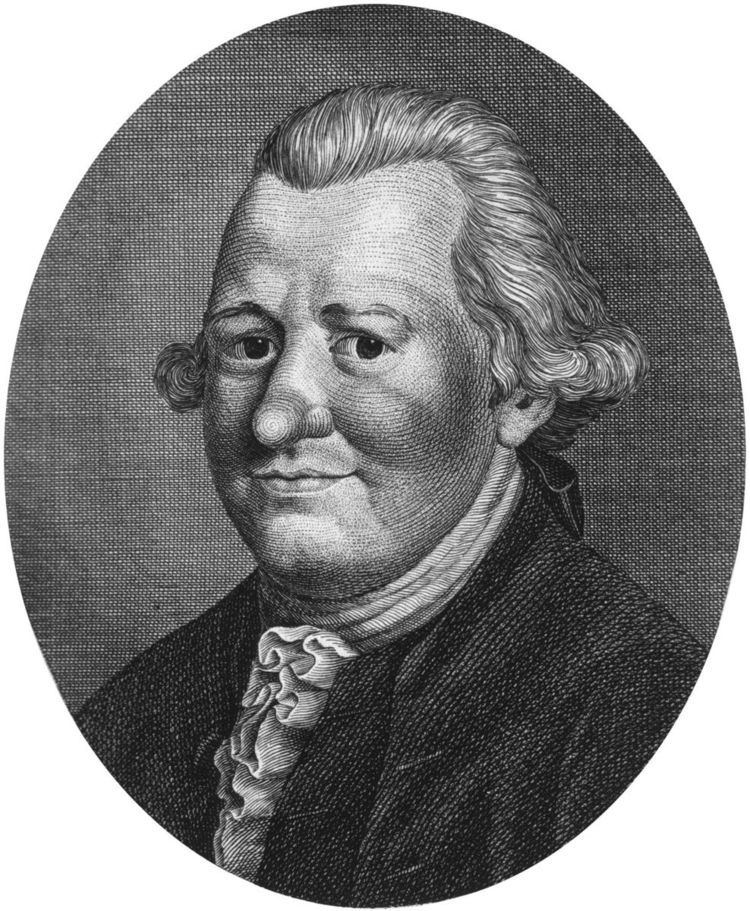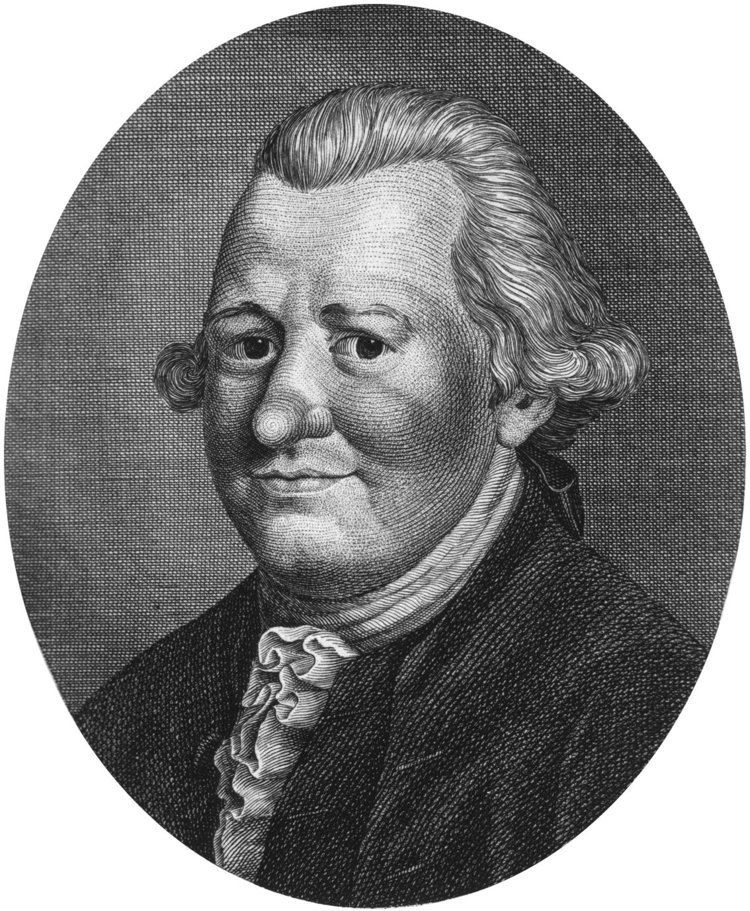Name John Brown | ||
 | ||
Get to the core of dr john brown orthopedic sports medicine
John Brown (1735 – 17 October 1788) was a Scottish physician and the creator of the Brunonian system of medicine.
Contents
- Get to the core of dr john brown orthopedic sports medicine
- John brown do gbmc at hunt valley primary care physician
- Early life
- Theory of Medicine
- Impact in Europe
- Death
- Legacy
- References

John brown do gbmc at hunt valley primary care physician
Early life
Brown was born in Berwickshire. After attending the parish school at Duns, he moved to Edinburgh, enrolled in divinity classes at the University of Edinburgh, and worked part-time as a private tutor. In 1759 he discontinued his theological studies, began the study of medicine, and became the private tutor for the family of the leading Edinburgh physician William Cullen. After a dispute with Cullen and the professors of the university, Brown's public lectures contained attacks on preceding systems of medicine, including Cullen's. He received his medical degree from St Andrews in 1779.
Theory of Medicine
In 1780, he published his Elementa Medicinae (Elements of Medicine in its English version), which for a time was an influential text. It set out his theories, often called the Brunonian system of medicine, which essentially understood all diseases as a matter of over or under-stimulation. John Brown's theory focused on outside factors, which would excite the body and lead to different diseases and the presentation of various symptoms. The stimulation was seen as excitability; hence the relation of Brunonian medicine and excitants. John Brown argued that any symptoms of disease or behavior which strayed from that of a healthy individual suggested over-excitement of the body. For instance, even a person presenting as weak had been over-excited. Brown labeled over-stimulation as the sthenic state and under-stimulation as the asthenic state. For sthenic diseases, Brown's treatments included vomiting, cold air, and purging. For asthenic diseases, Brown prescribed opium, roast beef, and alcoholic beverages. He wrote that "all life consists in stimulus, and both over-abundance and deficiency is productive of diseases."
Brown described medicine as related to excitement and his medicine was seen as mechanical to certain individuals and dynamic to others. For instance, Immanuel Kant perceived the system as highly mechanical and related it to mathematics. This system explained disease as the imbalance of excitants and could be quantified. Kant believed that this quantification could be used to explain the cause of disease and lead to medicine to cure or fix this imbalance. On the other hand, an avid follower in Germany, Andreas Röschlaub, perceived Brunonian medicine as an example of natural philosophy and as a changing theory. He saw this practice of medicine as a way to explain relationships between nature and man. This notion was rooted in pathology and relation of the outside world to man and his disease or illness.
In his work, Brown outlined and explained which excitants were good and bad for the body. The Brunonian system of treatment was intended to outline specific treatments for symptoms and to simplify medicine. This system was also simple enough that many physicians could practice according to Brunonianism, as it did not require extensive anatomical knowledge or association of specific outward symptoms with certain diseases. Due to this simplicity, among other reasons, it became very popular in countries such as Germany.
Impact in Europe
His medical ideas proved highly influential for the next few decades, especially in Italy and Germany. As his medical theory was based on the principle that all disease was caused by an unbalance of "excitability", which referred to the body's ability to react to stimuli, he believed that excitement could be measured mathematically similar to the use of degrees on a thermometer. At this time in Germany, many physicians were attempting to change and revamp the medical curriculum and theories. German physicians wanted a system rooted in science which would give a scientific explanation to diseases, as the medical world began to emphasize science. John Brown's theory explained the relationship between the outside world, causing excitement, and the body, which was stimulated by the world. Brown's Elementa Medicinae did notably well in Germany, first translated and published in German by Adam M. Weikard in 1795. Weikard received a copy of the book from student Andreas Röschlaub, who had received a copy from a visiting friend. Other translations of Brown's work began to appear around Germany, included an edition from Christof Pfaff in 1796, followed by another edition of this translated book in 1798. Röschlaub, the student who had introduced Brown's work to the academic scene, later published his own translation and titled it as John Brown's sämtliche Werke. Röschlaub, an avid follower of John Brown, also worked with Adalbert Marcus to create a new medical system, which they implemented in a hospital in Bamberg. The new system was called Erregbarkeitstheorie concerning excitability and this system borrowed from Brown's system and the idea that excitement could be quantified. The hospital in Bamberg, which became a hub for medicine, included the principles from Brown's theory and helped create a prestigious institute. In time, however, there were arguments concerning the validity and accuracy of this system in Germany.
Jacob Friedrich Ludwig Lentin's Medizinische Bemerkungen auf ein literarischen Reise durch Deutschland (1800) talked about German medicine being dominated by the struggles of Brunonians and "anti-Brunonian terrorists." There are also reports of 400 students rioting in a dispute between the two sides in the German university city of Göttingen in 1802. One critic of John Brown's theory was August von Kotzebue, who wrote plays to reflect his disdain for this theory of medicine. In his plays he would portray Brunonianism and doctors who practiced this method in a negative light. Magazines and newspapers in Germany also reflected varying ideas on John Brown's system, some positive and some negative and critical. Röschalub's Magazin would support Brunonian medicine and promoted the system amidst criticisms from other publications at the time. Discussion on John Brown began to cease after 1809 with the end of Röschalub's Magazin. During a typhoid outbreak in 1813–1814 Brown's Brunonian medicine was briefly referenced as Germans attempted to remedy the illness. By 1817, however, the German historian of medicine Kurt Sprengel suggested that Brunonian medicine "has very few supporters." Once again, Brunonian medicine came back in the 1820s, and was in the spotlight again as François-Joseph-Victor Broussais rose to fame. Broussais, a French physician, was becoming very popular in the beginning of the 1820s and his medicinal theory was based on John Brown's own Brunonian medicine. Brown had also become a famous historical figure in Germany by 1846, when Bernhard Hirschel published a study on his system and the effects of Brunonian medicine. However, Brunonianism began to decline as physicians did not believe is adequately provided a scientific explanation to diseases and illnesses.
Death
In 1786 Brown went to London to improve his fortunes but died of apoplexy two years later, on 17 October 1788.
In 1789 a Cambridge undergraduate called William Margaretson Heald published The Brunoniad, a mock epic poem about Brown, mocking his consumption of alcohol and opium and referring to a bar brawl in Dunn's Hotel in Edinburgh's New Town.
Legacy
In 1795 a critical edition of Brown's Elements of Medicine was published by the well-known physician Thomas Beddoes for the benefit of Brown's widow and children. An edition of Brown's works, with a biography by his son William Cullen Brown, appeared in 1804.
Brown was the grandfather of the artist Ford Madox Brown and the great-great grandfather of the novelist Ford Madox Ford.
